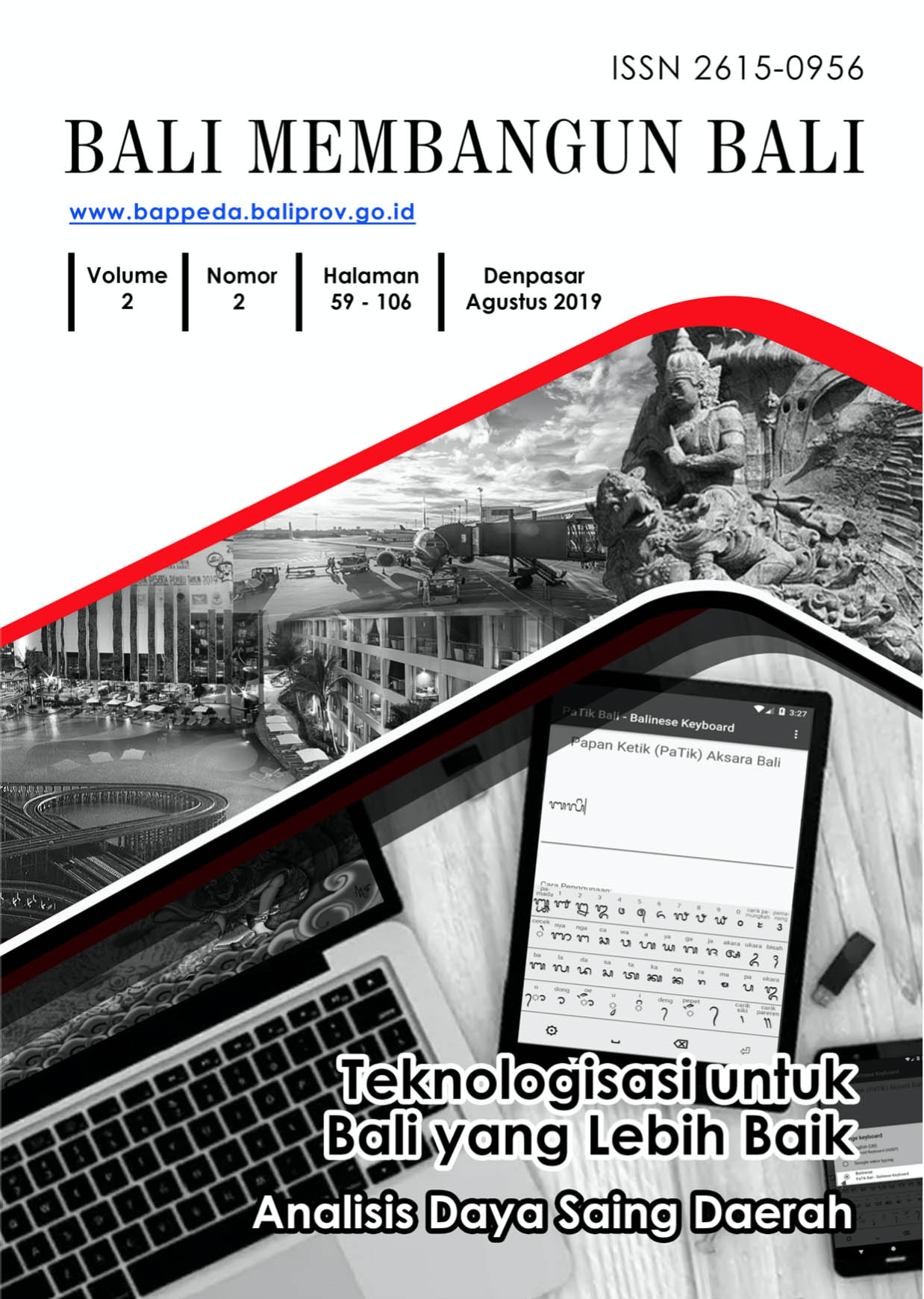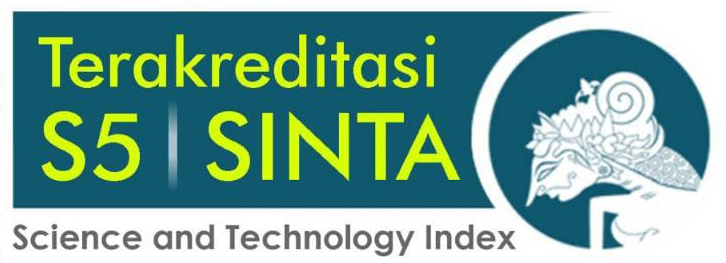The Contribution Analysis of Online and Offline Travel Agent in Increasing Room Occupancy
DOI:
https://doi.org/10.51172/jbmb.v2i2.40Keywords:
contribution, offline and online travel agent, room occupancy, BCG matrixAbstract
The research enlightens the contribution of online and offline travel agent in increasing room occupancy at a 5-star hotel located in the southern part of Bali, and determining the most suitable strategy dealing with agent based on the Boston Consulting Group (BCG) matrix. This research aimed at analyzing the contribution of online and offline travel agent in increasing the room occupancy. Data collection techniques used were observations, interviews, documentation and literature studies. The analysis techniques used were descriptive statistics of mean, frequinsing supported by qualitative analysis: (BCG). The results of the research reveal that the contribution of online and offline travel agent for three years has fluctuated. The average contribution of online travel agent in 2016-2018 is 37.73%, while the average contribution of offline travel agent reservation of the period is 52.02%. There are 5 highest reservation contributions sourced from the offline travel agent which included Corona, Maestro, Go Vacation, Jason Travel, and Windys. In addition, there are 5 highest reservation contributions sourced from online travel agents which included Booking.com, Expedia, Agoda, Hotelbeds FIT, and Ctrip.com. Based on BCG matrix to determine the relative market share, it is concluded that the relative market share of the hotel in 2018 is 1.02 times > 1 which means that the hotel has the highest market share among the hotel used as comparison in this reserach. In addition, based on the position of the hotelin BCG matrix in 2018 is at star position which indicates that the hotel’s position is on high growth and high market share, it is because the market share of the hotel has a relative market share value over than one (>1).
References
Bensoussan & Fleisher. 2013. Strategy recommendation and analysis using boston.
https://www.coursehero.com/file/p65a83g/Strategy-Recommendation-andAnalysis-Using-Boston-Consulting-Group-Matrix-BCG/, downloading on 27 May
2019.
Damardjati, R.S. 2006. Istilah-istilah Dunia Pariwisata. Jakarta: PT. Pradnya Paramita.
Darmajaya. 2016. Analisis harga terhadap room occupancy hotel dan penginapan di
kota palangkaraya. Jurnal. STIE Pertiba Pangkalpinang.
Tourism Agency of Bali. 2019. Jumlah Kunjungan Wisatawan Mancanegara dari Tahun
2014 – 2018. Dikutip dari http://www.disparda.baliprov.go.id /id/Statistik4
downloading on 12 Januari 2019
Kompas. 2016. Gebrakan Jokowi Gairahkan Sektor Pariwisata https://travel.
kompas.com/read/2016/05/28/201600127/Gebrakan.Presiden.Jokow.
Gairahkan.Sektor.Pariwisata, downloading on 20 Januari 2019
Kotler, Philip and Gary Amstrong. 2008. Prinsip-prinsip Pemasaran. Edisi 12 Jilid 1.
Jakarta: Erlangga.
Sambodo, Agus and Bagyono. 2006. Dasar-Dasar Kantor Depan Hotel. Edisi
Pertama.Yogyakarta: Andi.
Santi, Ni Komang Ayu Laras. 2017. “Kontribusi Reservasi Melalui Travel Agent
Terhadap Tingkat Hunian Kamar Pada Kupu Kupu Jimbaran, Bali”. Skripsi
Program Studi Manajemen Bisnis Pariwisata Jurusan Pariwisata, Politeknik
Negeri Bali.
Sihite, Richard. 2000. Hotel Management. Surabaya: SIC.
Soenarno, Adi. 2006. Front Office Management. Yoyakarta: CV Andi Offset.
Suarthana. 2006. Manajemen Perotelan edisi Kantor Depan. Kuta Utara. Mapindo.
Sugiarto, Endar. MM. 2004. Hotel Front Office Administration. Jakarta: PT. Gramedia
Pustaka Utama.
Sugiyono, 2014. Metode Penelitian Manajemen, Bandung: Alfabeta., 2016. Metode
Penelitian Manajemen, Bandung: Alfabeta.
Sulastiyono, Agus. 2011. Manajemen Penyelenggaraan Hotel. Seri Manajemen
Usaha Jasa Sarana Pariwisata dan Akomodasi. Bandung: Alfabeta
Putra, Yanuar Suya. 2014. “Analisis Matrik BCG pada Merek Motor Honda”.
http://jurnal.stieama.ac.id/index.php/ama/article/view/95, downloading on 26
June 2019
Yoeti, Oka A. 2006. Perencanaan dan Pengembangan Pariwisata, Jakarta: Pradnya
Paramitha.
Downloads
Published
How to Cite
Issue
Section
License
Authors who publish with this journal agree to the following terms:
Authors retain copyright and grant the journal right of first publication with the work simultaneously licensed under a Attribution-NonCommercial-ShareAlike 4.0 International (CC BY-NC-SA 4.0) that allows others to share the work with an acknowledgement of the work's authorship and initial publication in this journal.
Authors are able to enter into separate, additional contractual arrangements for the non-exclusive distribution of the journal's published version of the work (e.g., post it to an institutional repository or publish it in a book), with an acknowledgement of its initial publication in this journal.
Authors are permitted and encouraged to post their work online (e.g., in institutional repositories or on their website) prior to and during the submission process, as it can lead to productive exchanges, as well as earlier and greater citation of published work (See The Effect of Open Access).





